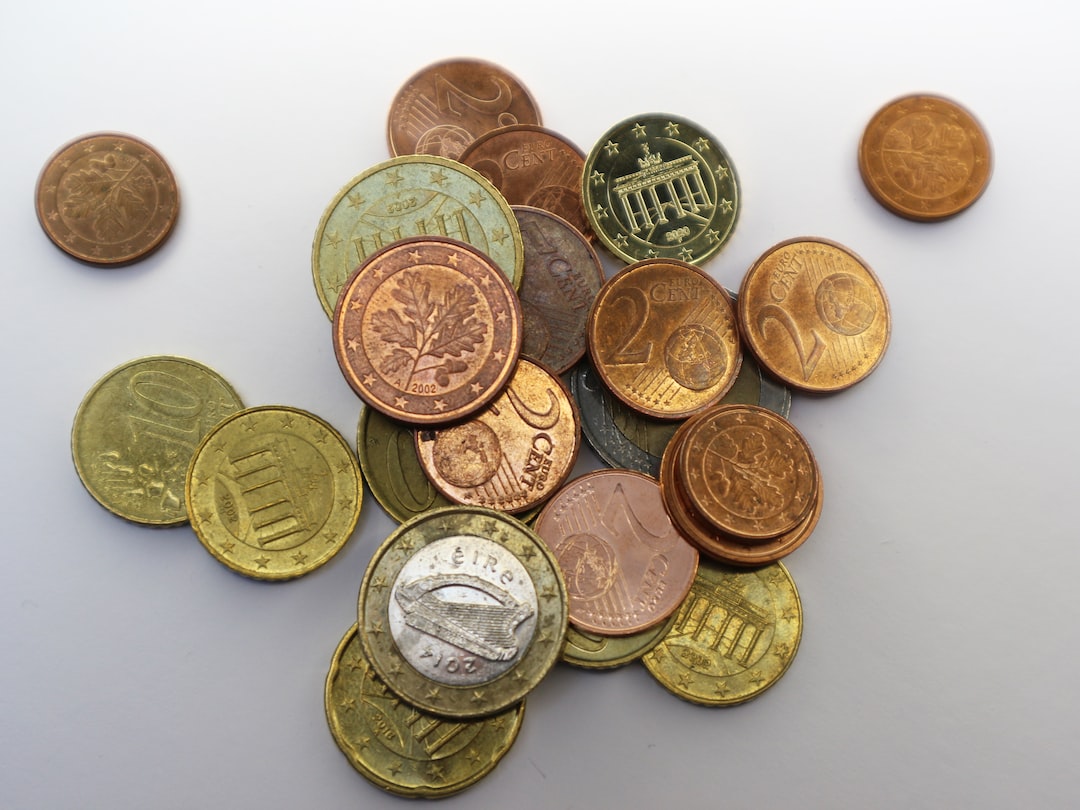Forex trading is a highly popular form of investment where traders speculate on the value of currencies in order to earn profits. As with any other form of trading, forex trading involves a range of costs and fees that traders must be aware of in order to make informed decisions. One of the most important fees that traders need to understand is the swap fee, which can have a significant impact on the profitability of a forex trade.
In simple terms, a swap fee is the interest rate that is charged or paid on an overnight position in the forex market. When a trader holds a position open overnight, they are essentially borrowing one currency and lending another. This means that they are subject to the prevailing interest rates in both currencies. The swap fee is the difference between these interest rates, and it can be either positive or negative, depending on the direction of the trade and the interest rate differential.
For example, if a trader buys USD/JPY and holds the position overnight, they are essentially borrowing yen and lending dollars. If the interest rate in Japan is lower than the interest rate in the United States, the trader will receive a positive swap fee. This means that they will earn interest on the dollars they have borrowed and pay less interest on the yen they have lent. On the other hand, if the interest rate in Japan is higher than the interest rate in the United States, the trader will pay a negative swap fee, which means that they will pay more interest on the yen they have borrowed and earn less interest on the dollars they have lent.
In practice, swap fees are calculated and applied automatically by forex brokers. The amount of the fee is usually expressed in pips, which is the smallest unit of measurement in forex trading. The exact amount of the fee will depend on a range of factors, including the size of the position, the currency pair being traded, and the prevailing interest rates in the relevant countries.
It is important to note that swap fees can have a significant impact on the profitability of a forex trade. If a trader is holding a position open for a long period of time, the accumulated swap fees can eat into their profits. For this reason, many traders use swap-free accounts, which do not charge a swap fee but may have other fees or restrictions in place.
There are also some strategies that traders can use to minimize the impact of swap fees on their trades. One common approach is to use carry trades, which involve borrowing in a low-interest rate currency and using the funds to invest in a high-interest rate currency. This can result in positive swap fees and can be a profitable strategy over the long term. However, carry trades can also be risky, as they are subject to exchange rate fluctuations and other market factors.
Overall, swap fees are an important cost to consider when trading forex. Traders need to be aware of the impact of these fees on their trades and factor them into their risk management strategies. By understanding how swap fees work and using appropriate strategies to manage them, traders can improve their chances of success in the forex market.






